The Science of Climate Change
Climate change is the overall change in the usual patterns of weather. This is usually over a long period of time (Gille, 2002). When this occurs, there is the change in the statistical description of the weather conditions and the variations that come with it. This may be in terms of the averages and extremes. These changes must have occurred globally. For example, changes in the global average temperature may suggest climate change.
Causes of climate change
Such changes occur when some global heating or cooling influence occurs. These may include the changes in the output from the sun. This may also occur if there is some change in the earth’s orbit. Changes in cloudiness may also contribute to climate change. The extent of ice on the surface of the earth has also been suggested to contribute to climate change (Lambeck, 2010).
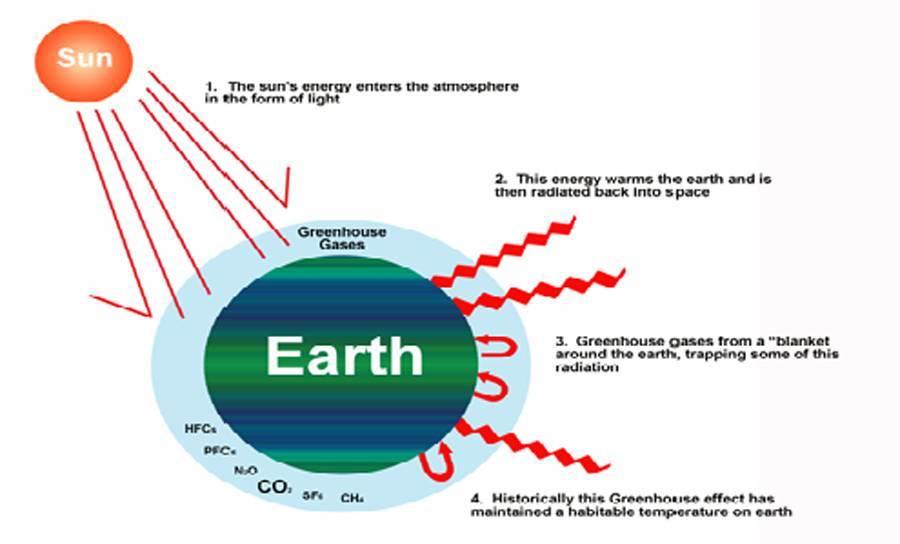
However, one of the causes of climate change that has seen its awareness raised is greenhouse gas. Greenhouse gases have been said to play an important role in the determination of climate and its change. There are three common greenhouse gases. They include carbon dioxide, water vapour and methane. Others include methane, nitrous oxide and chlorofluorocarbons. The mechanism behind this climate changes due to greenhouse gases is the insulating effect of the gases. They act as a blanket over the earth’s surface causing the temperatures beneath to rise beyond the usual temperatures.

Unfortunately, all (apart from water vapour) of these gases are directly influenced by human beings and their activities. Many of the activities that man is involved in cause the release of these greenhouse gases and once released, these gases may remain in the atmosphere for a long time. Therefore, it is up to humans to realize this and attempt to reduce greenhouse emissions as much as possible.
An Inconvenient Truth
The media has been widely used to pass information about the likely causes of global warming. Its impacts have been described to include effects on the economy, culture and the environment. This is a great step towards saving the globe since it provides valuable information about what is going on around the globe and it also provides people with information on how to sustain it.
Bitter truth
The use of media, such as DVDs, raises awareness about global warming and helps people realize that some of their activities are detrimental to the environment (An inconvenient truth, 2006). Global warming is based on the fact that the global temperatures are increasing. This has been said to be the work of man through his activities that cause the emission of greenhouse gases (Macedo et al., 2004).
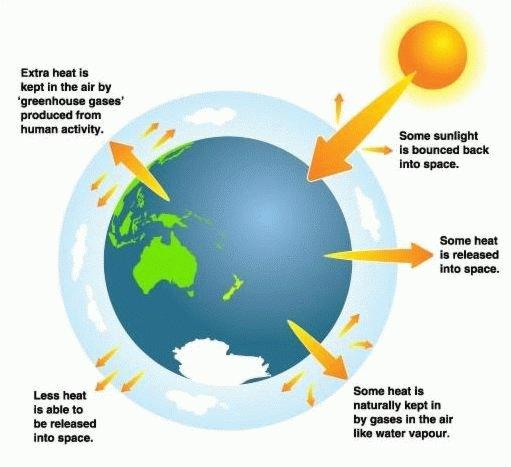
However, others argue that global warming may not be an issue caused by man but rather a natural phenomenon. The argument behind this is the ice age that was in existence before the existence of the human race.
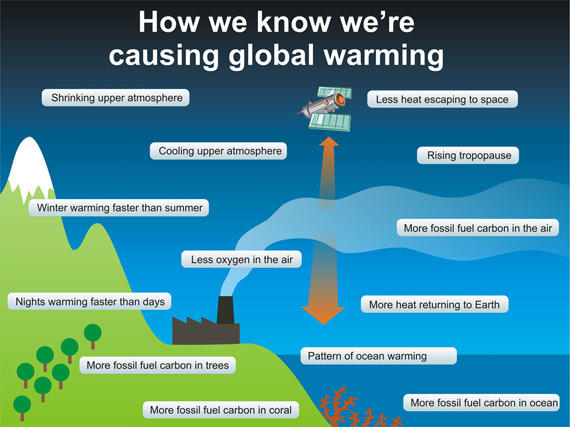
Such media information concerning the impact of human activities on global warming is important as it educates people on the consequences of their actions. The only question is whether they will act upon it or not. In my opinion, this is basically a moral issue. People should view it with a moral face since these activities interfere with nature and destroy the ecosystem. People should strive to live in harmony with the environment, showing appreciation to the natural beauty. This calls for a total transformation of the way of living. Every activity should be one that minimizes on emission of harmful gases or other substances.
Importance of ventilations in buildings
In an effort to curb the issue of climate change, some countries have enforced stringent laws in order to reduce greenhouse emission by as much as eighty percent. This is due to the fact that twenty-five percent of all carbon emissions come from homes. Seventeen percent of the same comes from non-domestic buildings. In order to address this issue, every business or household must improve on its energy efficiency.
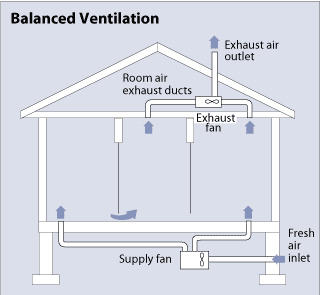
In an attempt to ensure this happens, new buildings are being designed in such a way as to increase air tightness. This may be through installing double-gauzed windows and doors. It may also be achieved though installing energy efficient central heating systems. This has increased performance when it comes to energy efficiency (Awbi, 1998).
Energy saving using ventilation
Two ways in which energy could be saved within a building is through insulation or through proper ventilation. An example of a type of ventilation widely used is the Solar Vent. It uses solar energy to power the vent. They are efficient when it comes to eliminating heat.
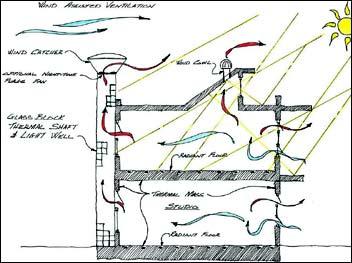
A poorly ventilated home exposes the building to air and poor circulation. Moreover, a poorly installed ventilation system implies that the efficiency of the system will be hindered (Nicholls, 2006). This calls for the right number of vents to be used in the proper positions in order to avoid too much moisture from accumulating in the building’s ceiling or roof areas. Attics should also be ventilated well in order to ensure comfort in the home. When this is not done, there is a possibility that the house will get uncomfortably hot and it may also lead to the accumulation of moisture that may contribute to the development of mould.
Sustainability and Affordability
A seminar by Greg Hedger provided facts about the housing market and what buyers are mostly interested in. The housing system has been evaluated and certain faults observed. These issues have led to the need for innovations that increase efficiency (Australian Institute of Architects, 2012).
Efficiency in architecture
Most of the solutions provided are those that encourage ‘green’ renovations. This enhances efficiency and adds value to old buildings and architectural designs thus encouraging the use of low-energy appliances. Houses that have been built in such a way as to achieve a good Energy Efficient Rating should fetch a higher price among buyers.
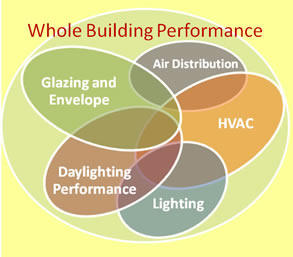
Greg Hedger found that there is generally an increase in the house floor area but fewer people are living within them. This means that the houses are ‘over-producing’ energy that is not consumed. People should be encouraged to make such renovations that make their houses more environmentally friendly. Many people believe that living sustainably also means cutting down on everything including those that make life interesting. However, this is not the case. Building environmentally friendly houses does not have to mean that some things will be cut down. It only means that they will be improved.

In fact, this is a better lifestyle. This is because one gets to live in harmony with the environment. This also implies that the person lives in a space that is environmentally healthy. Such homes are usually comfortable, natural and healthy. In addition, living sustainably also cuts down on costs. This is because they are energy efficient. The costs that should be channelled towards energy can be saved. An increase in the Energy Efficient Rating also implies that the value of the property will increase.
Environmentally friendly buildings
Rob Henry conducted a presentation that provided an illustration of how to design building based on the surrounding environment (Australian Institute of Architects, 2010). His firm capitalises on views that meet the customer’s needs and also considers the available opportunities to maximize on what the environment provides freely. In the presentation, he showed how they consider climate, views, prevailing winds, terrain and the existing landscape to make their decisions on how the building will take form. These observations also influence the types of materials to be used and the direction of its oriented.
Considering the environment
After the building is set in the particular environment, the internal layout of the building is adjusted accordingly. This is whereby the functional relationships between the spaces are considered and decisions made concerning the type of ventilation to be used. It may either be the natural ventilation or stack ventilation. Sometimes, both may be used. Buildings may also be designed to fit the specific climate in that region. This may be done to suit an area based on sunshine, shade or other such factors. It is crucial for architecture students to understand most of the information about the climate and to understand the differences in climate around the world.
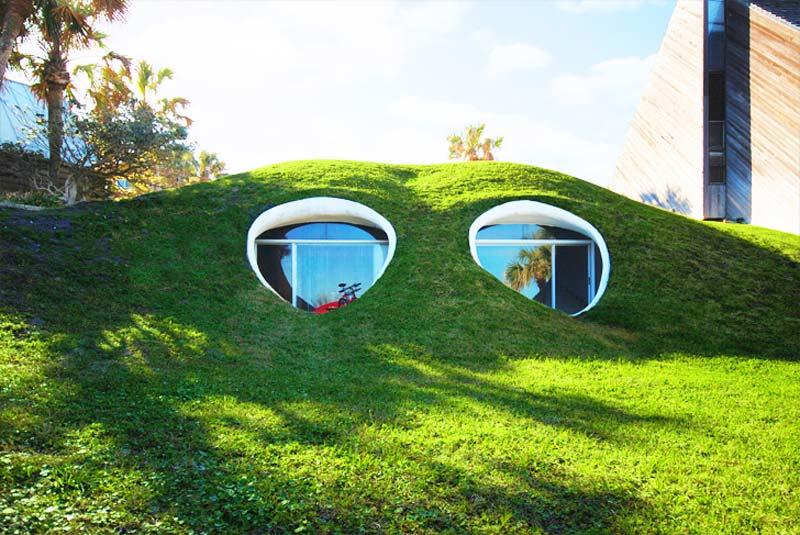
Every climate needs a different design response to create a building that integrates with the surrounding environment. It was very informative to show examples of traditional architectural designs that were designed for every type of environment in order to create spaces that are inhabitable. They show a detailed design approach that is in use in Canberra (Miller, 2008). As an architect, I believe it is crucial to understand that we are designing not just for the client but also for the environment. Therefore, the design has to integrate with the surrounding landscape as well as serve the function it was designed for.
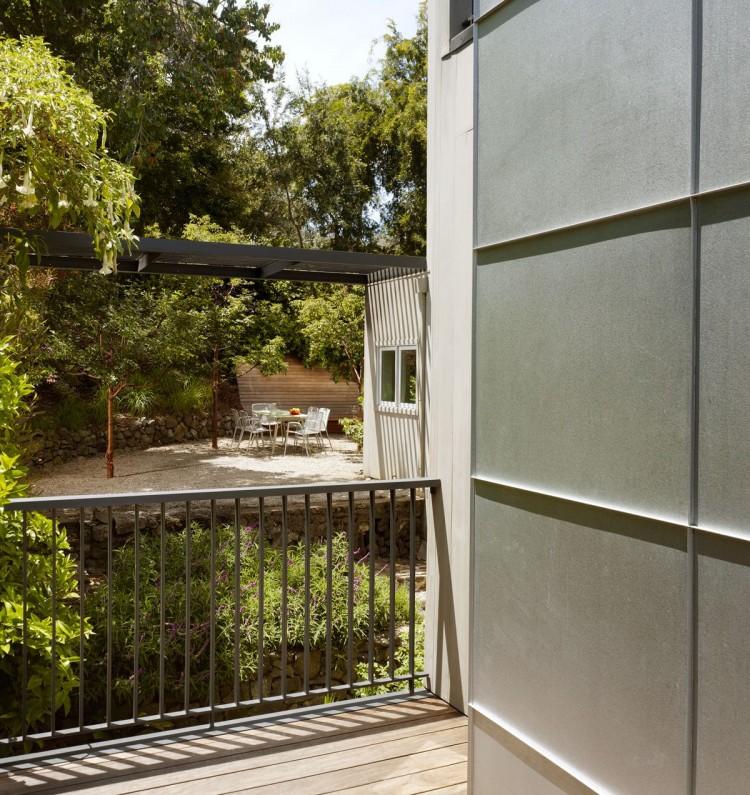
Growing Energy
In order for economic development to occur, there must be the use of energy. This explains why there is the abusive use of the non-renewable energy around the globe (Parker, 2004). Therefore, this calls for solutions to be found in order to curb the overuse of energy.
Alternative sources of fuel
For example, Brazil has started to find alternative energy sources. The use of crops to produce energy is becoming widely used. In the 1970s, the country grew sugarcane and turned them into ethanol. Minnesota has also grown corn in order to replace the non-renewable fossil fuels. However, the challenge is on whether to continue to use crops for fuel as opposed to its use for food.
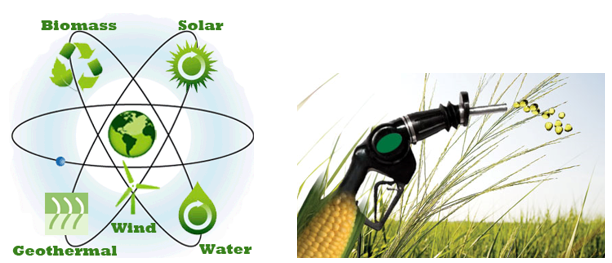
The use of alternative fuels is useful. However, using food crops may cause pressure to rise in the food market. The demand for food has generally gone up due to the increase in population growth. Therefore, this calls for the need to control the population growth rate. In my opinion, I believe that countries around the globe should introduce laws that dictate the maximum number of children a family should get. Such laws had been implemented in China and were very effective.
I believe that such laws should be implemented all over the world in order to ensure that the population is sustainable. This would ensure that the available resources would sustain the population. This would be beneficial since every country will have the capacity to provide energy, food, housing, electricity and water to its citizens with much ease.
References
An inconvenient truth, 2006. [DVD] Directed by Davis Guggenhein, New York: Paramount.
Australian Institute of Architects 2012, Sustainable House Day. Web.
Australian Institute of Architects 2010, New House, 27 Musgrave Street. Web.
Lambeck, K 2010, The science of climate change, Australian Academy of Science, Canberra.
Awbi, H 1998, Ventilation of buildings, New York, Spon Press.
Gille, S 2002, ‘Warming of the southern ocean since the 1950s’, Science, vol. 295, no. 1, pp. 1275-1277.
Macedo, I, Lima, V & Azevedo, R 2004, Assessment of greenhouse gas emissions in the production and use of fuel ethanol in Brazil, Sage, New York.
Miller, K 2008, ‘Australian ethical investment headquarters 6 star green star office refurbishment Canberra’ ,Environment Design Guide, vol. 50, no. 1, pp. 1-13.
Nicholls, N 2006, ‘Detecting and attributing Australian climate change: A review’, Australian Meteorological Magazine, vol. 55, no. 1, pp. 199-211.
Parker, D 2004, ‘Climate: large-scale warming is not urban’, Nature, vol. 432, no. 1, pp. 290-298.
